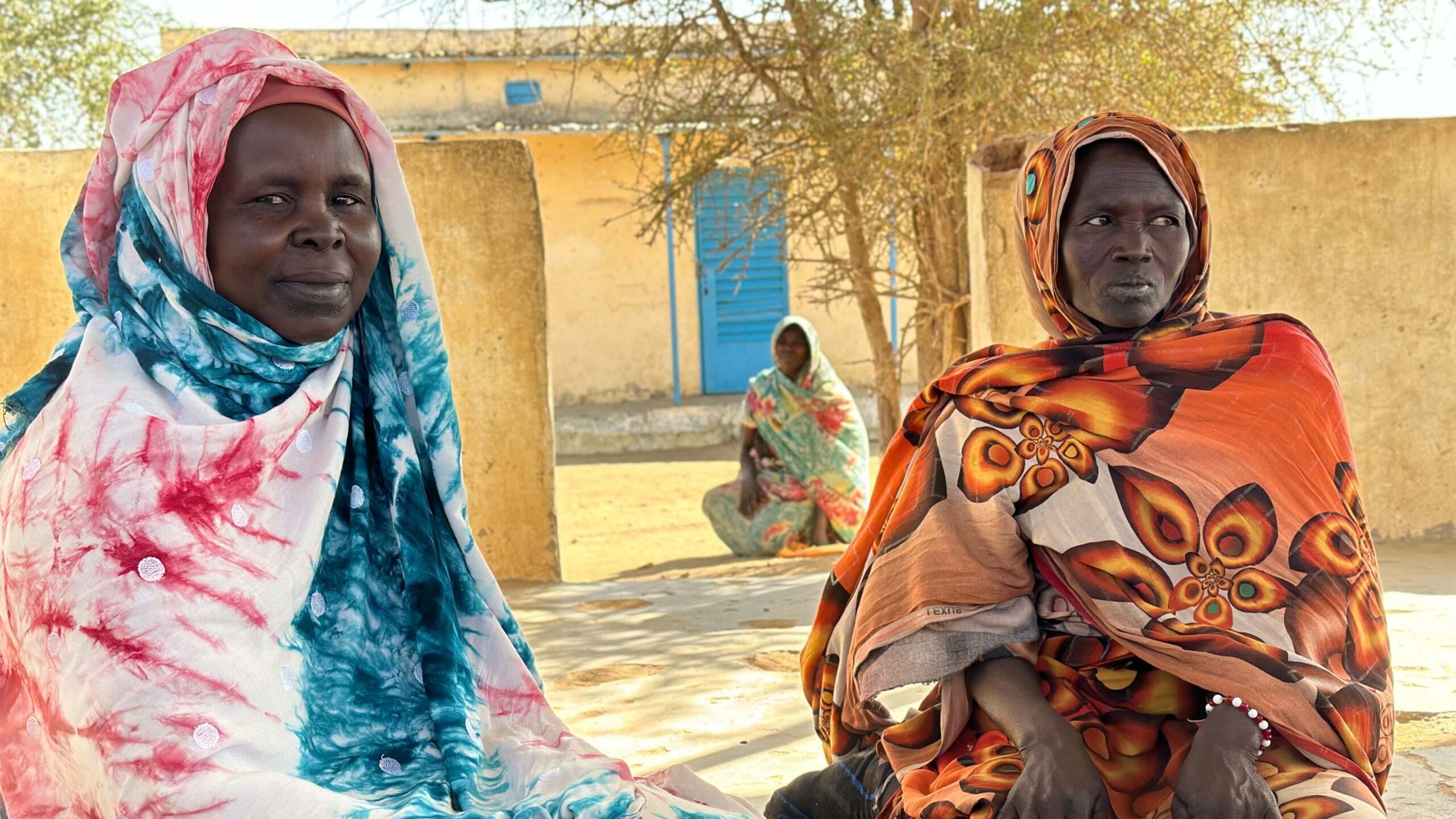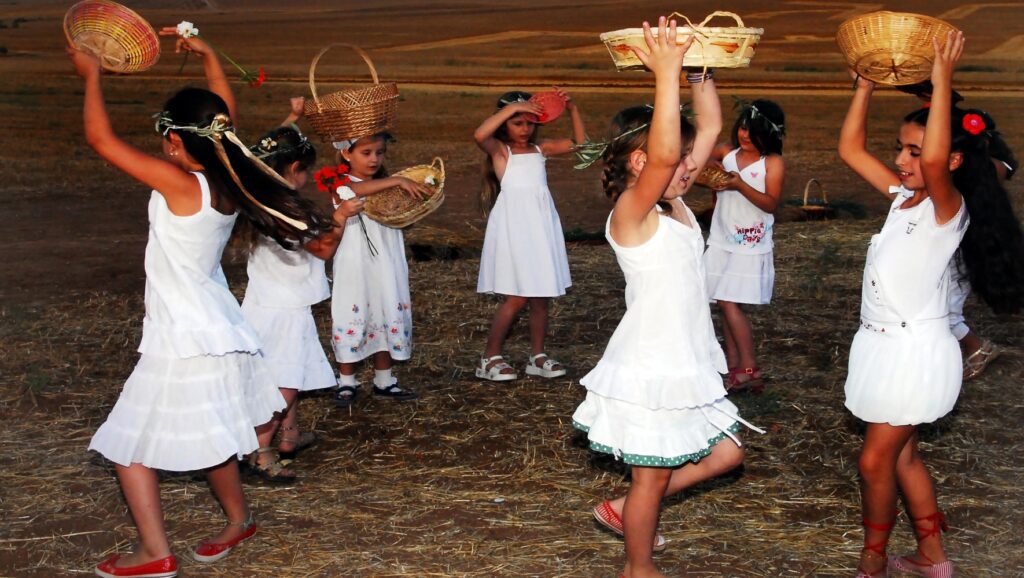
The crossing of the Red Sea is one of the most dramatic stories in the Bible. It tells the story of the Israelites’ escape from the pursuing Egyptians. After Moses parts the sea to allow the Israelites to pass, they find themselves safe at last. The Israelites then unite in singing the “Song of the Sea” — a poem of praise and thankfulness to God. Nowadays, Jews celebrate the Exodus of Egypt during the Passover festival, which was observed this year in late April.
In our world, however, finding safety and giving praise after escaping an oppressive or perilous situation rarely marks the end of a story. In many ways, the ordeal has just begun. An arrival in a safe place is a period characterized by the need for resilience and unwavering determination and is often shrouded in uncertainty and accompanied by various dangers, frequently necessitating assistance. It took the Israelites more than 40 years to find their home, and it was in this time that they were dependent on God to provide food, fight battles against other enemies, and channel hope in face of an uncertain future.
I often think of this story when considering the present-day challenges faced by the global population of refugees. Forcibly displaced people have every right to feel thankful after crossing the Mediterranean or the Darién Gap, two of the deadliest routes refugees use. These journeys are remarkably dangerous. It is estimated that more than 28,000 people have lost their lives in the Mediterranean over the last 10 years, while in the Darién at least 400 migrants have died or gone missing over the same period. During 2023, a total of 676 migrants sought medical care from Doctors Without Borders after suffering an act of sexual assault. In total, the Latin America and Caribbean (LAC) region has accounted for almost 10,000 recorded migrant deaths and disappearances in the last decade.
However, too many, even after having fled the source of their insecurity — having fled their Egypt and crossed their Red Sea — still confront a long journey toward finding a country that will accept them, aid in their integration, and help them eventually find a place they can truly call home.

Jewish Clergy: Sudanese Civilians Must Be Protected
Read MoreJust as the Biblical Israelites spent 40 years in the desert, today’s forcibly displaced people often spend up to 20 years in limbo, suspended between the home they fled and the place where they sought refuge. Refugee camps and other temporary solutions such as Temporary Protected Status confine refugees in a state of uncertainty with no economic prospects, often preventing them from achieving self-sufficiency and perpetuating a prolonged crisis of displacement and reliance on humanitarian aid. In addition, refugees face significant integration challenges as well as clogged asylum systems.
Forcibly displaced people are encountering diminishing aid and increasingly elusive solutions. When we hear today about new refugees arriving in Chad due to the war in Sudan, it’s easy to forget that they are merely joining other Sudanese refugees, sometimes even their relatives, that fled Sudan over 20 years ago but remain in the same camps.
The lack of political resolve and resources beyond immediate life-saving measures perpetuates a protracted displacement crisis, evident not only in Chad but in countless other regions worldwide. Asylum seekers might find themselves navigating a system for years before receiving a status allowing them to work, access the educational system, or be able to reach out to family members for potential reunification — not to mention the assurance of not being expelled while waiting for the asylum case to be adjudicated. The challenges are often passed on to the next generation – either because they are born in camps, or because they are deemed stateless, presenting lifelong barriers to overcome.
"The lack of political resolve and resources beyond immediate life-saving measures perpetuates a protracted displacement crisis, evident not only in Chad but in countless other regions worldwide."
The length of a refugee’s journey is compounded by the shortness of the attention the world gives these crises. With more and more protracted problems all over the world, we have entered a time of multiple forgotten crises — perhaps more aptly described as tolerated crises. We acknowledge their presence yet addressing their needs falls outside our immediate capacity.
It is for this reason that HIAS has undertaken the responsibility of addressing these crises as well as the dangerous journeys forcibly displaced people endure. Advocacy, along with our actual assistance on the ground, is an important tool to raise awareness and make those responsible — mostly governments — accountable to adhering to international humanitarian law and international refugee law. These responsibility bearers must create humane systems not only to rescue people from danger, but also to provide them with the sustainable solution for a life in dignity, safety, and meaningful participation in society.
The gratitude of people, after reaching the shores of Europe, a way out of the jungle in the Darien, or crossing the Mexican-U.S. border, is often shown in the notes, drawings, or even the expressions of people — emotions often mixed with distress, fear, and trauma. It would be the right thing for us to make sure the latter emotions remain feelings of the past, and that the onward path to freedom and safety is characterized by dignity and unity.


